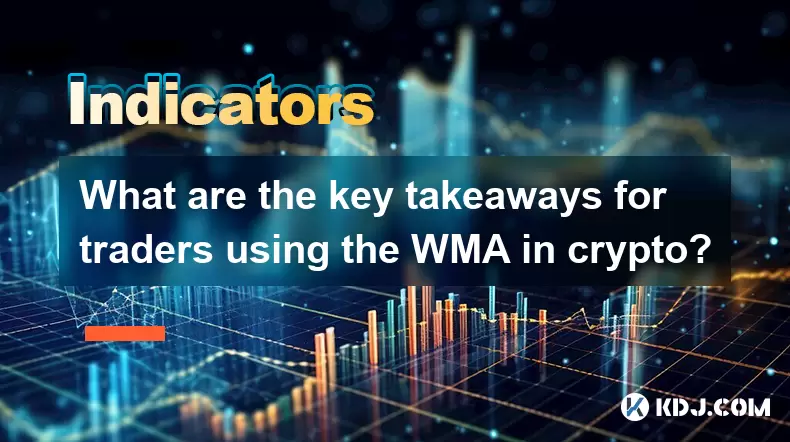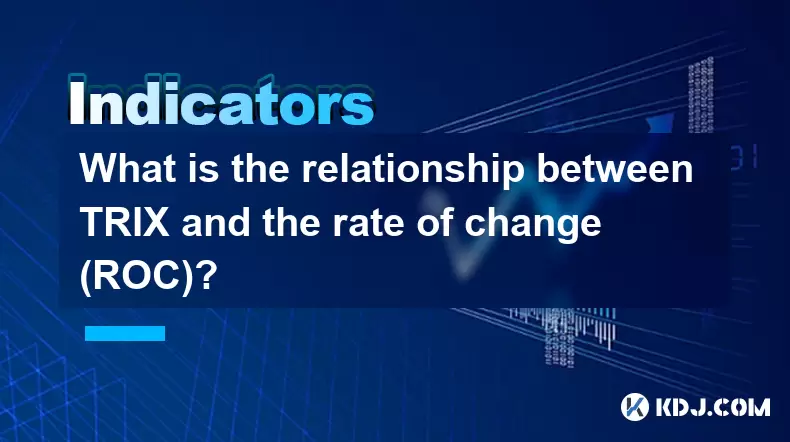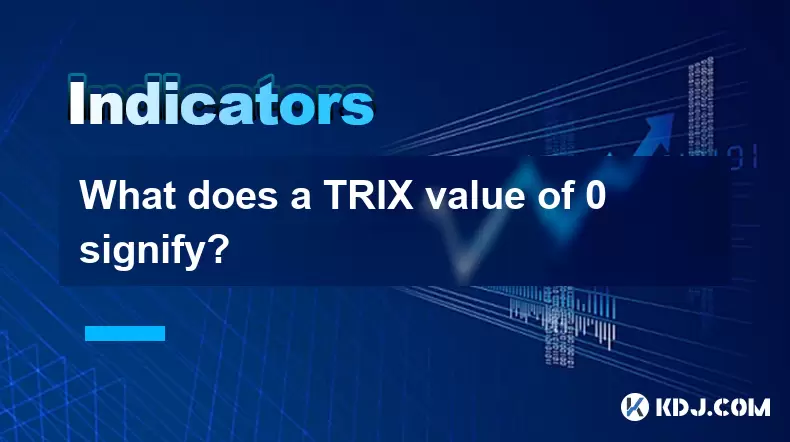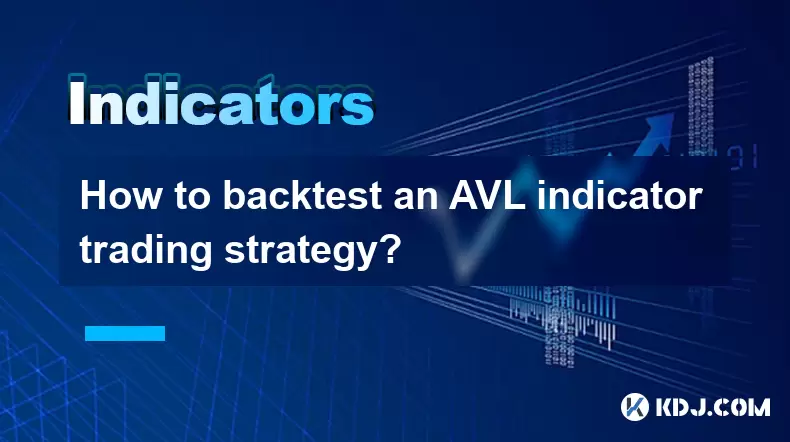-
 Bitcoin
Bitcoin $117700
-0.03% -
 Ethereum
Ethereum $3805
0.49% -
 XRP
XRP $3.098
-1.00% -
 Tether USDt
Tether USDt $1.000
0.03% -
 BNB
BNB $792.8
-1.72% -
 Solana
Solana $177.9
-1.95% -
 USDC
USDC $1.000
0.02% -
 Dogecoin
Dogecoin $0.2202
-1.55% -
 TRON
TRON $0.3278
-2.92% -
 Cardano
Cardano $0.7641
-2.43% -
 Hyperliquid
Hyperliquid $42.21
-2.68% -
 Sui
Sui $3.758
-1.58% -
 Stellar
Stellar $0.4080
-3.21% -
 Chainlink
Chainlink $17.75
-0.33% -
 Bitcoin Cash
Bitcoin Cash $591.8
4.96% -
 Hedera
Hedera $0.2561
-3.09% -
 Avalanche
Avalanche $23.34
-4.24% -
 Litecoin
Litecoin $110.7
1.96% -
 UNUS SED LEO
UNUS SED LEO $8.956
-0.01% -
 Toncoin
Toncoin $3.410
0.79% -
 Ethena USDe
Ethena USDe $1.001
0.03% -
 Shiba Inu
Shiba Inu $0.00001288
-1.82% -
 Uniswap
Uniswap $10.07
-2.06% -
 Polkadot
Polkadot $3.807
-2.27% -
 Monero
Monero $308.2
-2.15% -
 Dai
Dai $1.000
0.03% -
 Bitget Token
Bitget Token $4.521
-0.30% -
 Pepe
Pepe $0.00001134
-1.52% -
 Cronos
Cronos $0.1457
0.65% -
 Aave
Aave $274.9
-2.47%
What are the key takeaways for traders using the WMA in crypto?
The Weighted Moving Average (WMA) gives more weight to recent prices, helping crypto traders spot trends faster in volatile markets like Bitcoin and Ethereum.
Jul 30, 2025 at 07:15 pm

Understanding the Weighted Moving Average (WMA) in Cryptocurrency Trading
The Weighted Moving Average (WMA) is a technical indicator that assigns greater importance to recent price data, making it more responsive to new information compared to simple moving averages. In the fast-moving world of cryptocurrency trading, where prices can shift dramatically within minutes, the WMA helps traders identify trends with greater precision. Unlike the Simple Moving Average (SMA), which treats all data points equally, the WMA applies a multiplier to each price based on its position in the time series. This means the most recent closing prices have a higher weight in the calculation. For traders monitoring highly volatile assets like Bitcoin or Ethereum, this responsiveness can be crucial in timing entries and exits.
How the WMA Calculation Works
To fully grasp the advantages of the WMA, it’s essential to understand its mathematical foundation. Suppose a trader is calculating a 5-period WMA. Each closing price is multiplied by a weight corresponding to its position. The most recent price gets a weight of 5, the prior day 4, and so on, down to 1 for the oldest price in the window. The sum of these weighted values is then divided by the sum of the weights (1+2+3+4+5 = 15 in this case).
- Multiply each closing price by its position weight (latest = highest weight)
- Sum all the weighted prices
- Divide the total by the sum of the weights (n(n+1)/2)
- The result is the current WMA value
This method ensures that recent price action influences the indicator more strongly, allowing traders to react faster to momentum shifts. For example, a sudden spike in Bitcoin’s price will reflect in the WMA more quickly than in an SMA, giving traders an earlier signal.
Using WMA to Identify Trend Direction and Momentum
One of the primary uses of the WMA in crypto trading is determining the current trend direction. When the price is consistently above the WMA line on a chart, it suggests an uptrend. Conversely, when the price trades below the WMA, it may indicate a downtrend. Because of its sensitivity, the WMA tends to hug the price more closely than other moving averages, offering a clearer visual representation of momentum.
Traders often use multiple WMA periods simultaneously. For instance, plotting both a 10-day and a 30-day WMA on a BTC/USDT chart can help identify short-term versus long-term momentum. A crossover where the 10-day WMA moves above the 30-day WMA is commonly interpreted as a bullish signal, while the reverse suggests bearish momentum. These crossovers are more dynamic with WMA due to its weighting mechanism, often generating signals earlier than SMA-based systems.
Combining WMA with Other Indicators for Confirmation
While the WMA is powerful on its own, it becomes significantly more effective when combined with complementary tools. Many traders pair the WMA with the Relative Strength Index (RSI) or MACD to confirm signals and reduce false positives. For example, if the price crosses above the 20-day WMA and the RSI moves above 50 from oversold territory, it strengthens the case for a long position.
Another common strategy involves using volume indicators alongside WMA. A breakout above the WMA accompanied by a surge in trading volume increases the likelihood that the move is genuine. In the crypto market, where low-volume pumps can be misleading, this confirmation is vital. Traders might set up alerts on platforms like TradingView to notify them when both WMA crossovers and volume spikes occur simultaneously.
Practical Steps to Implement WMA on a Trading Platform
Setting up the WMA on a trading interface is straightforward but requires attention to detail. Here’s how to do it on most charting platforms:
- Open your preferred trading platform (e.g., Binance, TradingView, or Coinbase Pro)
- Navigate to the chart of the cryptocurrency pair you’re analyzing
- Click on the “Indicators” or “Studies” button, usually located at the top of the chart
- Search for “Weighted Moving Average” in the indicator library
- Select the WMA and adjust the period (common choices are 10, 20, or 50)
- Customize the color and line thickness for better visibility
- Apply the indicator and observe how it interacts with price action
Once applied, traders can use drawing tools to mark crossovers or set conditional orders based on WMA levels. Some advanced platforms allow scripting custom alerts, such as triggering a notification when the price closes above the WMA for three consecutive candles.
Risks and Limitations of Relying Solely on WMA
Despite its advantages, the WMA is not immune to limitations. Because it emphasizes recent data, it can be more prone to whipsaws during sideways or choppy markets. In ranging crypto markets—common during consolidation phases—the WMA may generate false signals, leading to premature entries or exits. For instance, a short-term spike in Dogecoin’s price might push it above the WMA, suggesting a breakout, only for the price to reverse quickly.
Moreover, the WMA does not predict price levels or account for external factors like regulatory news or macroeconomic shifts. It is purely a lagging indicator, derived from past prices. Traders who rely exclusively on WMA without considering market context or fundamentals may find themselves vulnerable during black swan events, such as exchange outages or sudden government crackdowns on crypto.
Frequently Asked Questions
What is the difference between WMA and EMA in crypto trading?
The Exponential Moving Average (EMA) also prioritizes recent prices but uses a smoothing constant to apply decay, whereas the WMA uses a linear weighting system. The EMA reacts slightly faster than the WMA, but the WMA provides a more uniform weighting distribution across the period, which some traders prefer for clarity.
Can WMA be used effectively on lower timeframes like 5-minute charts?
Yes, the WMA is particularly useful on lower timeframes due to its sensitivity. On a 5-minute BTC chart, a 20-period WMA can help scalpers identify intraday momentum shifts. However, increased noise on short timeframes means traders should combine it with filters like volume or volatility bands.
How do I choose the right WMA period for altcoins?
The optimal period depends on volatility and trading style. For highly volatile altcoins, shorter periods like 7 or 14 may be better. For more stable large-cap cryptos, 20 or 50-period WMAs are common. Backtesting on historical data for specific pairs helps determine the most effective setting.
Is WMA suitable for automated trading bots?
Yes, many algorithmic trading systems incorporate WMA crossovers as entry or exit triggers. The formula is easily programmable, and its responsiveness makes it ideal for bots designed to capture short-term trends. Ensure proper risk management is in place, as automated systems can amplify losses during false signals.
Disclaimer:info@kdj.com
The information provided is not trading advice. kdj.com does not assume any responsibility for any investments made based on the information provided in this article. Cryptocurrencies are highly volatile and it is highly recommended that you invest with caution after thorough research!
If you believe that the content used on this website infringes your copyright, please contact us immediately (info@kdj.com) and we will delete it promptly.
- XRP, AI, and Price Projections: Decoding the Crypto Future
- 2025-07-31 15:10:13
- XRP Investment: Expert Opinions and the Potential for Explosive Growth
- 2025-07-31 15:15:12
- XRP Price: Whale Buys and Token Scoops—What's Next?
- 2025-07-31 15:30:12
- Imagen Network, RLUSD Payments, and Decentralized Applications: A New Era of Web3?
- 2025-07-31 14:30:12
- Meme Coins: Buy and Hold for the Long Term? Decoding the Hype
- 2025-07-31 14:30:12
- XRP Analyst's Market Outlook: Boom or Bust in the Crypto Wild West?
- 2025-07-31 15:35:19
Related knowledge

What is the relationship between TRIX and the rate of change (ROC)?
Jul 31,2025 at 03:14pm
Understanding TRIX and Its Core MechanismTRIX, or the Triple Exponential Average, is a momentum oscillator used in technical analysis to identify over...

What does a TRIX value of 0 signify?
Jul 31,2025 at 02:21pm
Understanding the TRIX Indicator in Cryptocurrency TradingThe TRIX (Triple Exponential Average) indicator is a momentum oscillator used in technical a...

How to use the AVL indicator to confirm a trend?
Jul 31,2025 at 10:25am
Understanding the AVL Indicator and Its ComponentsThe AVL indicator, also known as the Accumulation Volume Line, is a technical analysis tool that com...

How does volume affect the AVL indicator?
Jul 31,2025 at 11:23am
Understanding the AVL Indicator and Its Core ComponentsThe AVL indicator, short for Accumulation Volume Line, is a technical analysis tool used primar...

How to backtest an AVL indicator trading strategy?
Jul 31,2025 at 01:07pm
Understanding the AVL Indicator and Its Role in TradingThe AVL indicator, also known as the Accumulation Volume Line, is a technical analysis tool tha...

How to use the AVL indicator with MACD for better signals?
Jul 31,2025 at 09:22am
Understanding the AVL Indicator and Its Role in Cryptocurrency TradingThe AVL indicator, also known as the Accumulation Volume Line, is a volume-based...

What is the relationship between TRIX and the rate of change (ROC)?
Jul 31,2025 at 03:14pm
Understanding TRIX and Its Core MechanismTRIX, or the Triple Exponential Average, is a momentum oscillator used in technical analysis to identify over...

What does a TRIX value of 0 signify?
Jul 31,2025 at 02:21pm
Understanding the TRIX Indicator in Cryptocurrency TradingThe TRIX (Triple Exponential Average) indicator is a momentum oscillator used in technical a...

How to use the AVL indicator to confirm a trend?
Jul 31,2025 at 10:25am
Understanding the AVL Indicator and Its ComponentsThe AVL indicator, also known as the Accumulation Volume Line, is a technical analysis tool that com...

How does volume affect the AVL indicator?
Jul 31,2025 at 11:23am
Understanding the AVL Indicator and Its Core ComponentsThe AVL indicator, short for Accumulation Volume Line, is a technical analysis tool used primar...

How to backtest an AVL indicator trading strategy?
Jul 31,2025 at 01:07pm
Understanding the AVL Indicator and Its Role in TradingThe AVL indicator, also known as the Accumulation Volume Line, is a technical analysis tool tha...

How to use the AVL indicator with MACD for better signals?
Jul 31,2025 at 09:22am
Understanding the AVL Indicator and Its Role in Cryptocurrency TradingThe AVL indicator, also known as the Accumulation Volume Line, is a volume-based...
See all articles

























































































